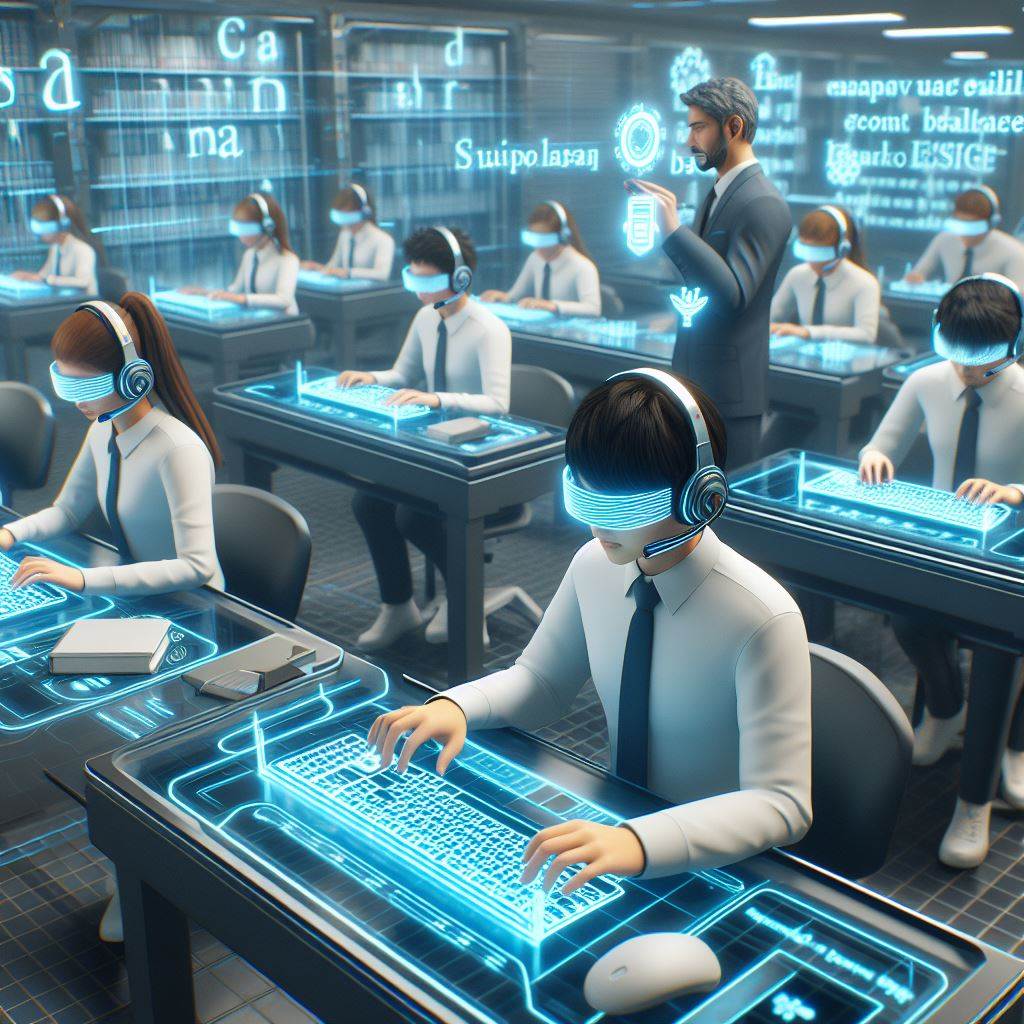AI Spelling Challenges: A Deep Dive into the Challenges
Artificial Intelligence (AI) has made noteworthy developments in numerous realms. It has been a lifesaver, from sailing through consistent tests to overcoming chess grandmasters and restoring codes. Still, there is one area where AI constantly falls short in spelling. This article explores deeper into this issue by exploring why AI struggles with something as important as spelling despite its cleverness.
AI’s ability is evident in several fields. For example, AI models can generate human-like text, recognize objects in images, and even compose music. Nonetheless, when it comes to spelling, these models often weaken. This is chiefly evident in text-to-image generators like DALL-E. DALL-E frequently produces prattle when asked to create a menu for a Mexican restaurant. Words like “taao,” “burto,” and “enchida” appear instead of actual food items like “taco,” “burrito,” and “enchilada.”
Likewise, ChatGPT, an AI model proficient in writing papers, fails to create a 10-letter word without the letters “A” or “E”. This is unexpected given that the model has been trained on a vast amount of text and should be able to handle such a task.
The fundamental technology behind image and text generators is different. Both struggle with details like spelling. Image generators use diffusion models to recreate an image from noise, while text generators use complex math to match the prompt’s pattern with one in its dormant space. Despite their complexity, these models still struggle with the rules we take for granted, like the correct spelling of “hello” and the fact that human hands usually have five fingers.
This issue highlights a more significant challenge in AI: the difficulty of programming common sense and basic facts about the world into models. While AI has made extraordinary progress, it still has a long way to go in truly understanding and copying the shades of human language and perception.
Read More: OpenAI’s Chatbot Store Overwhelmed by Spam

